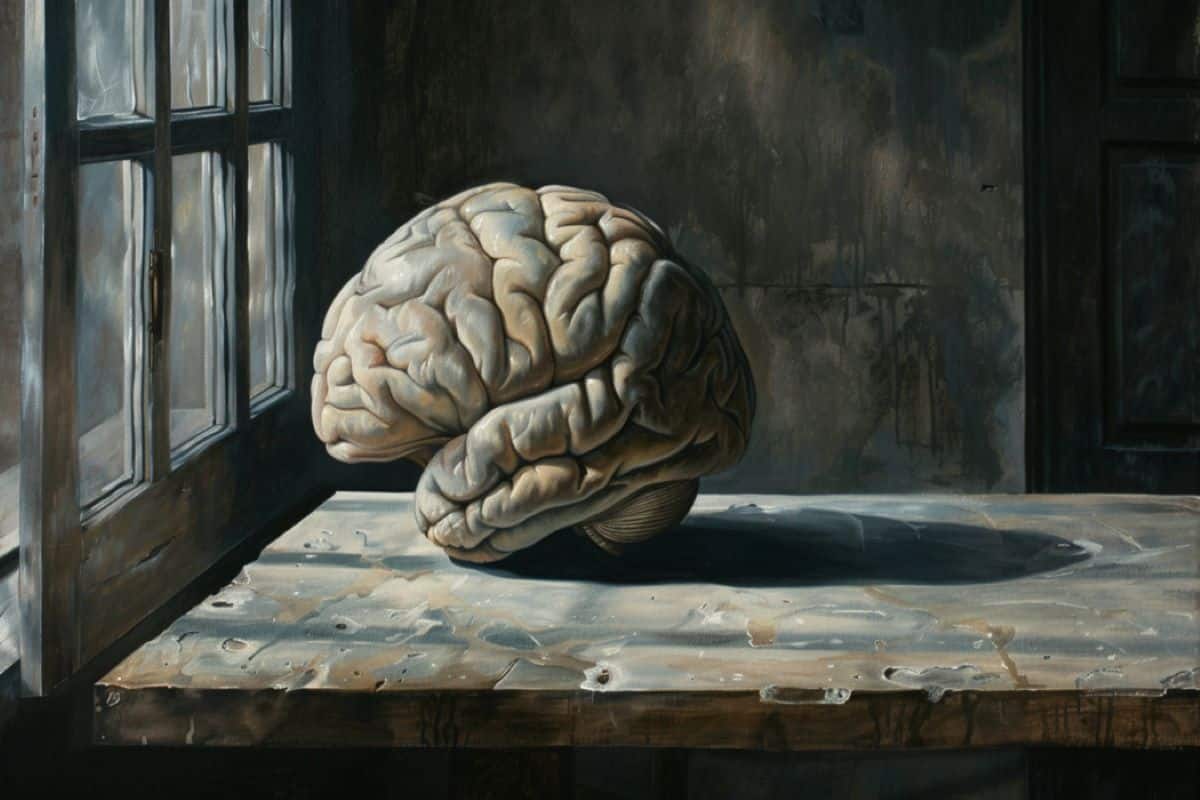Summary: The OpenScope program investigates neural activity through four new projects, exploring topics such as the effects of psilocybin, motion perception, visual texture recognition, and subtle changes in appearance.
Using advanced imaging techniques in mice, researchers seek to understand how the brain processes these complex functions. The program provides global access to neurological research data. The findings could lead to advances in the understanding and treatment of brain disorders.
Key facts:
- Psychedelic Effects: Studying how psilocybin affects brain activity at the cellular level.
- Visual perception: Exploring how the brain processes motion and texture recognition.
- Open Science: OpenScope offers global access to cutting-edge neuroscience research data.
source: Allen Institute
How do neurons respond to magic mushrooms? What happens in the brain when we see movement or when we recognize grain patterns in a piece of wood? How do our brains track subtle changes in the appearance of our friends over time?
The Allen Institute has launched four projects to investigate these questions through OpenScope, a shared neuroscience observatory. Just as astronomers use several well-equipped observatories to study the universe, the OpenScope program allows neuroscientists around the world to propose and direct experiments along the Allen Brain Observatory pipeline.
All research is freely available to anyone interested in open questions in neural activity in health and disease.
Now in its 6th year, OpenScope aims to “introduce a new paradigm in neuroscience,” said Dr. Jerome Lecoq, research associate at the Allen Institute.
“Our platform enhances data collection and global sharing while enabling individual laboratories to use it for their unique scientific pursuits,” said Lecoq, who co-leads OpenScope with Christophe Koch.
“We strive to combine the best of both worlds: focused questions solved by passionate teams and a sophisticated platform driven by experienced experimenters.” This is our vision for the future of neuroscience.”
Psychedelic Science
One of this year’s OpenScope projects will investigate how psilocybin, the psychoactive compound in ‘magic mushrooms’, changes brain activity at the cellular level. This compound, known to induce intense psychedelic experiences in humans, will be used to study the neural mechanisms underlying altered cognition and perception.
Using advanced recording techniques in mice, scientists will observe how neurons communicate differently under the influence of psilocybin. They will also investigate how these changes may affect the brain’s ability to process and predict sensory information, which is critical to understanding how perception is constructed.
“Our interest in these compounds goes beyond their potential clinical applications,” said Roberto de Filippo, Ph.D., a postdoctoral fellow at Humboldt University in Berlin.
“We believe that uncovering the biological mechanisms underlying their effects can provide fundamental insight into the processes that govern perception, cognition, and consciousness itself.”
This project was led by de Filippo; Torben Ott, PhD, Humboldt University Berlin; and Dietmar Schmitz, MD of Charité – Universitätsmedizin Berlin.
How the past subtly shapes our worldview
We often overlook the gradual changes in the people we see regularly, noticing the differences only when we look at an old photo or get together with friends after a long time. Although these changes are almost imperceptible, our brains are constantly updating our memories with these details.
The 2024 OpenScope project aims to reveal the neural underpinnings of these updates. Using the Allen Brain Observatory platform, the researchers will analyze brain activity in mice to understand how the brain’s visual system responds to changes in time.
Traditionally, neuroscientists believed that the visual system only processed incoming sensory information. But recent findings show that this system also stores visual memories and uses them to predict what we’ll see next.
“We want to understand how such memories influence the perception of visual images from the real world and what role different brain areas play in this process,” said Dr. Yaniv Ziv, a professor at the Weizmann Institute of Science.
“Understanding this, we aim to uncover whether these memories influence how flexible or rigid our visual processing is.” For example, if we’ve seen something similar before, does that make our brain more or less likely to adapt to new visual information?”
This project is led by Ziv; Daniel Deitch; Alon Rubin, PhD; and Itai Talpir, all at the Weizmann Institute of Science
Deciphering how the brain perceives movement
How does the brain recognize objects moving around us? This 2024 OpenScope project aims to demystify this fundamental process by studying motion perception in the visual cortex of mice. While previous studies have identified areas of the brain that respond to different types of movement, the underlying neural circuitry remains poorly understood.
This project will use microscopy to simultaneously observe the activity of many neurons over several weeks and in different parts of the visual cortex.
The team hopes to characterize the neural representation of movement across brain regions and cell types and understand the specific circuits that support them. Insights gleaned from this work may have broader implications, as the same cell types and circuits are found throughout the cortex.
“If we can understand how these circuits process information in the visual system, there’s a good chance that the same principles apply throughout the brain,” said Julia Veit, Ph.D., professor at the University of Freiburg.
This project is led by Veit; Henning Spreckeler, PhD from the Technical University of Berlin; and Yael Oran, Ph.D., University of Freiburg.
Seeing the patterns around us
Our brains instantly recognize the myriad of complex visual textures that surround us, from the intricate designs on a butterfly’s wings to the grainy pattern of wood. But how does it achieve this remarkable feat of visual perception?
In this OpenScope project, mice will be trained to discriminate textures while their neural activity is monitored in the visual cortex, linking neural responses to perception.
The main goals are to determine how certain textures are easily recognized while others are challenging, and to map how different areas of the brain interact to transform visual inputs into coherent representations that guide behavior.
These findings could reveal basic principles of how the brain derives understanding from our richly patterned visual world, the researchers said. But the scale and complexity of the research required tools and resources beyond those in a typical laboratory environment.
“Using the Allen Brain Observatory will not only increase the scope and reach of our project several times over, but also allow us to compare and contextualize with all the other open science projects that have led over the past decade,” said Federico Bolanos, Ph.D. , lead data scientist at the University of British Columbia.
“As has happened in other fields such as high-energy physics or astronomy, research in systems neuroscience needs to move from individual laboratories to a larger and interconnected community where we progress together.”
This project is led by Bolaños; Timothy Murphy, PhD, University of British Columbia; and Javier Orlandi, Ph.D., of the University of Calgary.
Financing: Research described in this article was supported by award number U24NS113646 from the National Institute of Neurological Disorders and Stroke of the National Institutes of Health. The content is solely the responsibility of the authors and does not necessarily represent the official views of the NIH and its affiliated institutes.
About this open science and neuroscience research news
Author: Peter Kim
source: Allen Institute
Contact: Peter Kim – Allen Institute
Image: Image credit: Neuroscience News



